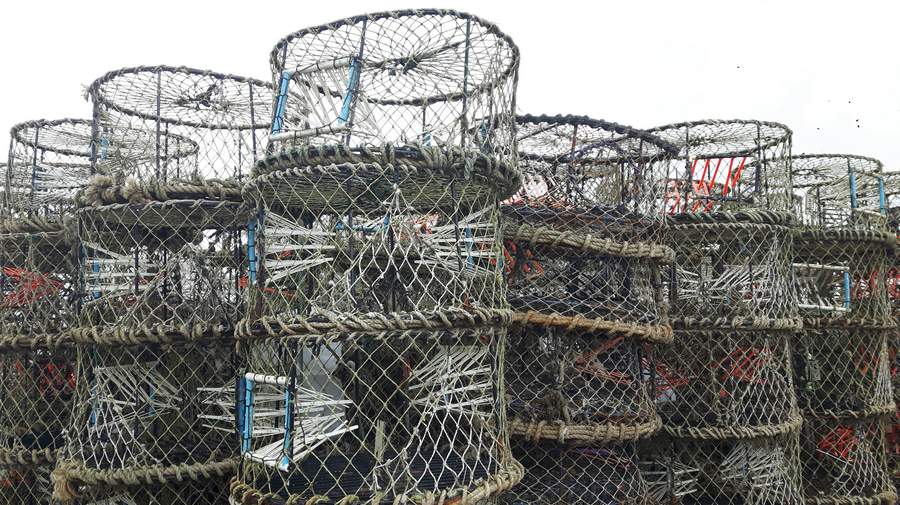Crabs are a popular seafood delicacy loved for their sweet and succulent meat. In New South Wales (NSW), crabbing is a popular pastime that offers an excellent opportunity to spend time outdoors and enjoy a delicious seafood meal.
However, before you can start crabbing, you must know the rules and regulations, including the legalities of using crab pots in NSW waters.
Crab pots are legal in NSW, with no more than two pots permitted per person. You must label them with the owner’s name, contact details, and address. You cannot set crab pots in areas with high boat traffic or navigation channels where there is a risk of entrapment of other marine life.
While crabbing in NSW is fun and rewarding, it’s essential to follow the rules to ensure a sustainable crab population and avoid impacting other marine life. The rest of this article will provide more information on the legalities of crabbing in NSW, rules for using crab pots
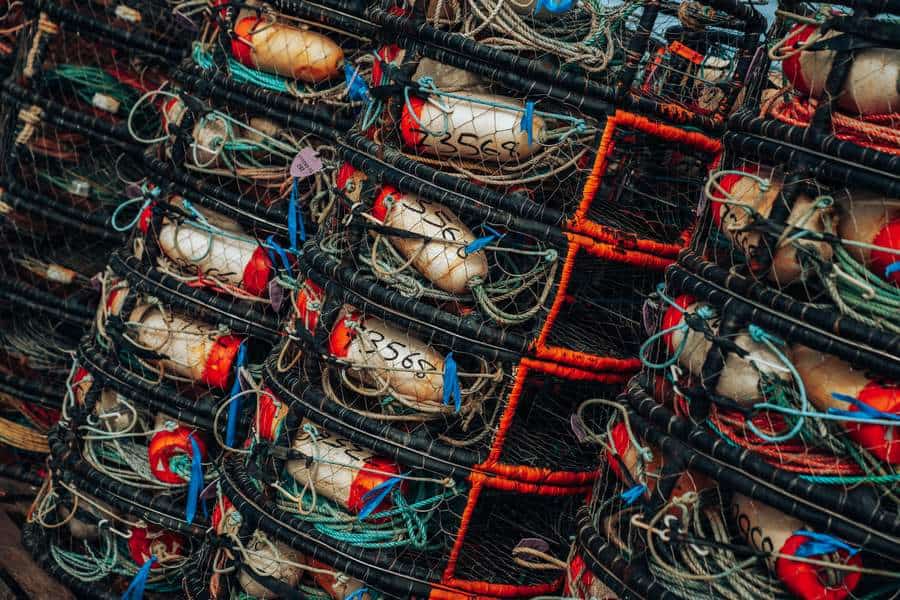
Crab Pot Rules And Regulations In NSW Waters
Crabbing is a regulated activity in NSW to ensure the sustainability of the crab population. NSW’s Department of Primary Industries
Here are the main rules and regulations for crabbing
- A maximum of two crab pots are permitted per person in non-tidal waters. You may also use four witches’ hats or hoop nets in addition to these pots.
- You must clearly label a buoy attached to your pots with the letters “CT (or “Crab Trap”),” the owner’s first initial and surname, the owner’s postcode, and their year of birth.
- Regularly check your pots (every 15 to 20 minutes) to check for any caught crabs. Remove any bycatch (unwanted marine creatures) and no-take crabs when you check the pots.
- You should not set pots in areas with high boat traffic or navigation channels since the pots may impede passing vessels.
- You may only take up to 20 blue swimmer crabs per day, and you are allowed to take up to five bags of mud crabs daily.
- The carapace width limit for mud crabs is 6.5 cm (2.55 in), and the limit for blue swimmers is 8.5 cm (3.34 in). If your crabs are smaller than these, you must return them to the water.
You may have to pay a fine or serve time if you do not follow these rules. So, note everything I’ve mentioned before you head out with your crab pots.
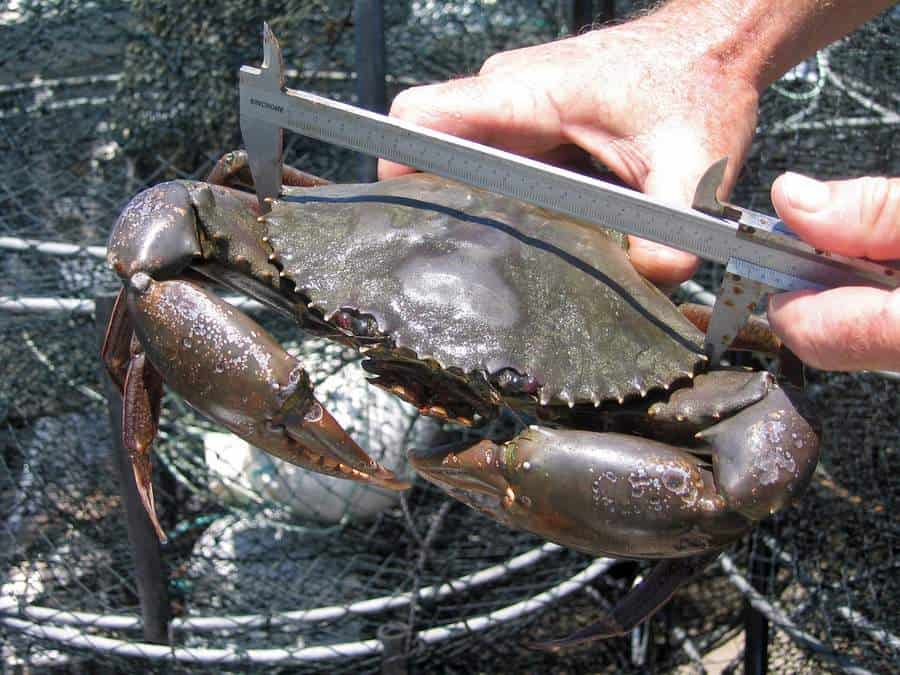
How To Use A Crab Pot
Crab pots are a common and popular method for catching crabs in NSW. They vary in size and design, but most consist of an open-topped cylinder of wire mesh with bait inside.
You should place crab pots in areas where crabs are known to congregate, such as:
- along mangrove-lined shores
- in sheltered bays
- near oyster leases
Each crab type prefers specific conditions, so you may also want to read about where you can find the crab species you want to catch (more on that later).
The bait used in crab pots can be anything crabs are attracted to, such as:
- chicken necks
- fish heads
- prawns
You should never place your pots too close together. According to the NSW crabbing regulations, your pots should be at least three meters (9.8 feet) apart to avoid entanglement.
When checking your crab pot, it’s essential first to identify any bycatch (unwanted marine creatures) or protected species that may have been caught and return them to the water immediately. Then you can move any crabs that meet the minimum size limit to a bucket or container for transport.
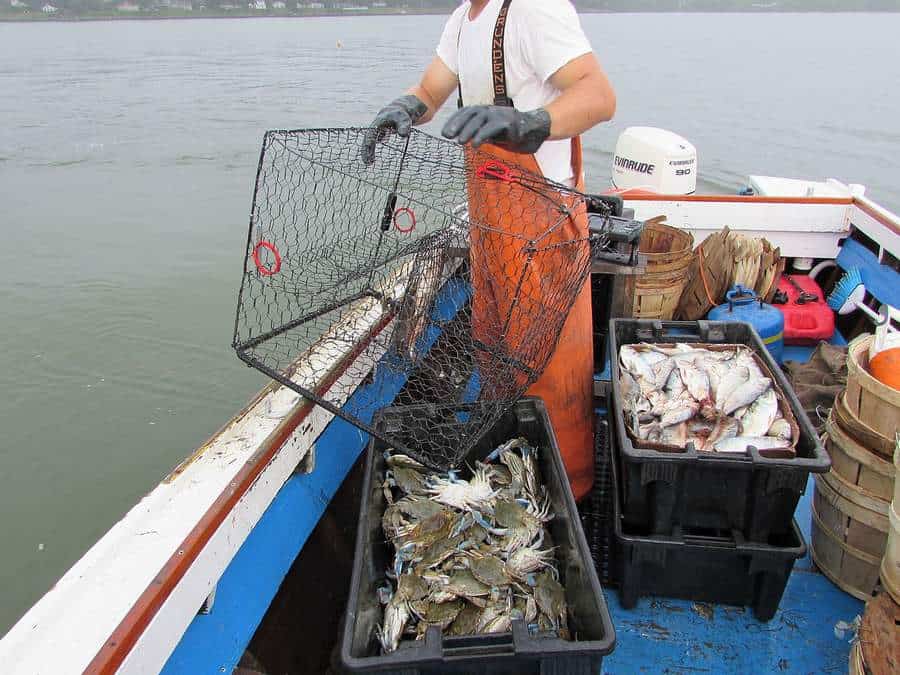
Popular Crabbing Spots In NSW
NSW is a crabber’s paradise due to its extensive coastline and various habitats, providing homes for different crabs. It is home to three popular crab species among recreational crabbers: the mud crab, blue swimmer crab, and spanner crab.
So, let’s take a look at these crabs and talk about where to find them:
- Mud crabs inhabit warm temperate to tropical estuarine and marine waters throughout NSW and are most common in mangrove-lined creeks, sheltered bays, and deep river channels. They are dark brown and love the soft muddy bottoms of these habitats, where they can escape the sun’s heat.
- Blue swimmer crabs live in intertidal and shallow coastal waters in northern NSW. They are easily recognizable by their blue-tinged or purplish claws and their white underbellies. They are primarily found in shallow bays and estuaries and are prized for their great taste.
- Spanner crabs
congregate in sheltered estuarine and coastal waters throughout NSW. They get their name from their long, spindly legs, which resemble a spanner or wrench. They are brown or reddish-brown and like to gather in sandy habitats.
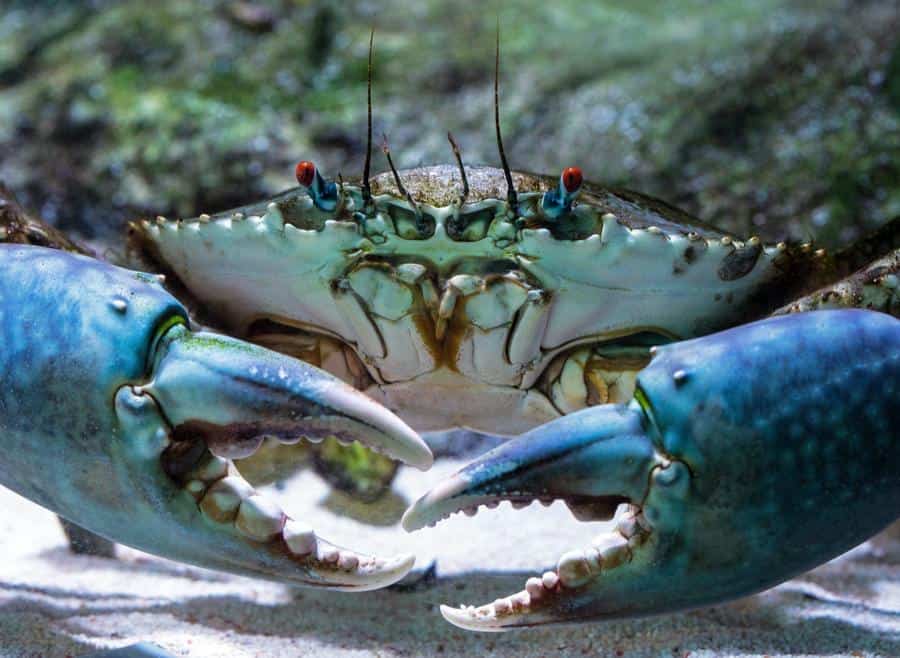
Other Ways To Catch Crabs In NSW
Besides crab pots, you can use other methods to catch crabs in NSW waters.
Some other crabbing methods legal in NSW include:
- Crab trap
- Dip or scoop net
- Hoop nets
- Hand-picking with gloves
- Landing nets
- Line fishing
- Spearfishing
So, there are many ways to catch some crabs here in NSW. Still, it is critical to note that these methods also have rules and regulations that you must follow to ensure a sustainable and healthy crabbing experience. Don’t use Opera House nets these are Illegal.
So, read up on the rules and regulations before you leave your home, and be sure to follow them to have a safe day on the water.
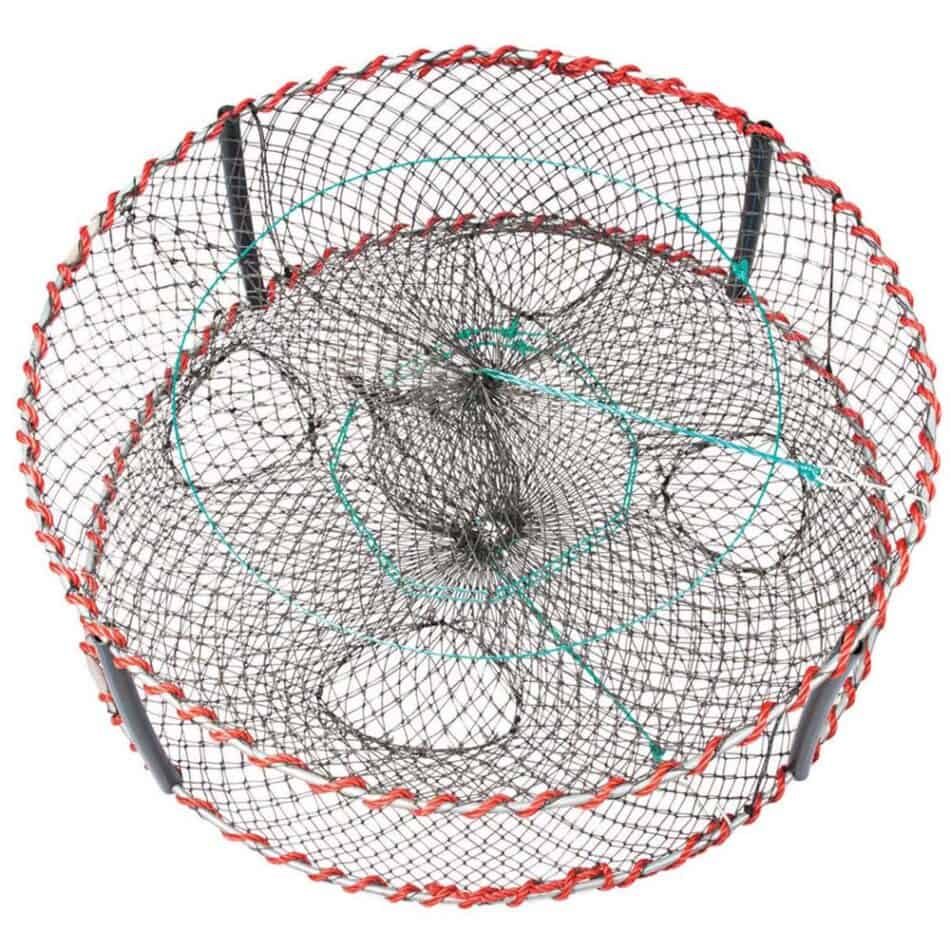
Final Thoughts
Crab pots are legal in NSW and can be a great way to catch crabs, as long as they are used correctly per the rules and regulations. The DPI allows a maximum of 2 pots per person and must include a mark with the owner’s name and postcode.
When using crab pots, it’s essential to follow all the set rules and regulations, including minimum size limits, daily bag limits, and pot placement, to ensure a healthy and sustainable crabbing experience in NSW.
Resource Links To Products We Use And Recommend
More Pages On Fishing
The Underestimated Threat: Stonefish In Hervey Bay Ecosystems
Stonefish are known to inhabit various coastal regions around the world, and Hervey Bay in Australia has had a few encounters over the years with the dreaded stonefish. Hervey Bay offers a...
Loved for their delicious, oily flesh, Australian salmon are a prized catch for many anglers. And while they can be caught using various techniques, baits are often the most effective. But which...


